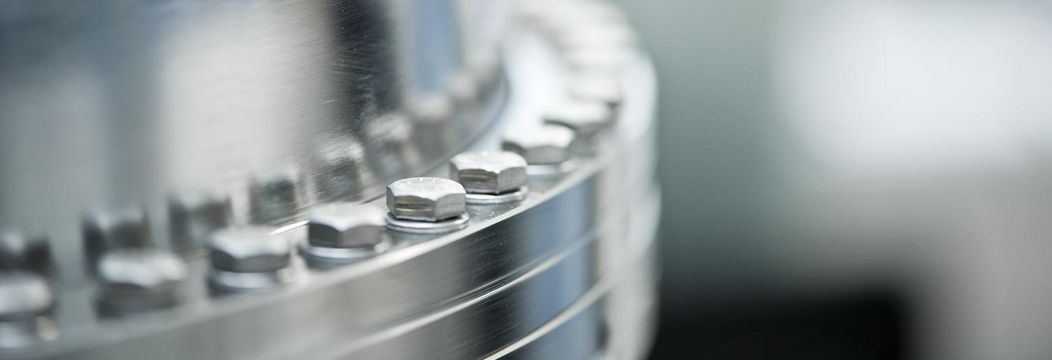Hemispherical analyzers for photoelectron spectroscopy are widely used in variety of topics and research areas. Within the various fields, some studies stand out, when they tell a story, that could be followed over a series of publications. If those stories than reveal the encounter of a long expected physical phenomenon, then the results become a success story for their field of research and the technologies used.
The team around Dr. Niels Schröter from the PSI, now a group Leader at the MPI for Micro Structural Physics in Halle, published a series of papers dealing with the study of effects encountered in chiral topological semimetals, AlPt and PdGa and CoS2. The crafted chiral crystal structure of those crystals reveals the existence various effects due to the nature of their crystal lattice symmetry.
Back in 2019 AlPt has been the subject of their research, where the chiral nature of the crystal structure creates a situation where Weyl Fermions can be observed with opposite topological charge, known as the Chern numbers. That means, the node points in the electronics band structure are energetically separated. A long predicted quasiparticle appears, the Rarita-Schwinger Fermion, which originates from a special state at the "Gamma"-point of the bulk band structure. Using soft-x-ray ARPES, the existence of this quasiparticle, could be observed by the appearance of Fermi arc at the surface.
While ARPES generated by UV light would be easy and yield high intensity and resolution, it limits the observable angular space. Going to higher photon energies the same emission angle includes a much larger fraction of the reciprocal space, however making the experiment much more demanding. In addition the excitation depth also provides insight into the lower bulk layers of the material.
In a following publications, the researchers have transferred their knowledge to a new material, PdGa, equally being a chiral topological semimetal. The quasiparticles carry Chern number, which can be controlled by tailoring the materials chirality and crystal structure. In this particular case the observation of four Fermi arcs, connecting two distinct points in the band structure is clear signature of a Chern number close to 4.
In 2021, a publication dealing CoS2, extended the study into ferromagnetic magnetic materials, observing Weil fermions. Topological Fermi arcs on the surface are linking the Weyl nodes in the band structure, pointing towards the fact that CoS2 is a magnetic Weyl metal.
This scientific story is a great example of the connection of theory and experiment, as well as seeking the effects with advanced and even unconventional approaches in surface science. This story has been published in a press release of the PSI www.psi.ch/en/media/our-research/new-material-also-shows-new-quasiparticles and the full story can be read in the following articles:
doi.org/10.1038/s41567-019-0511-y
doi.org/10.1126/science.aaz3480
doi.org/10.1126/sciadv.abd5000
